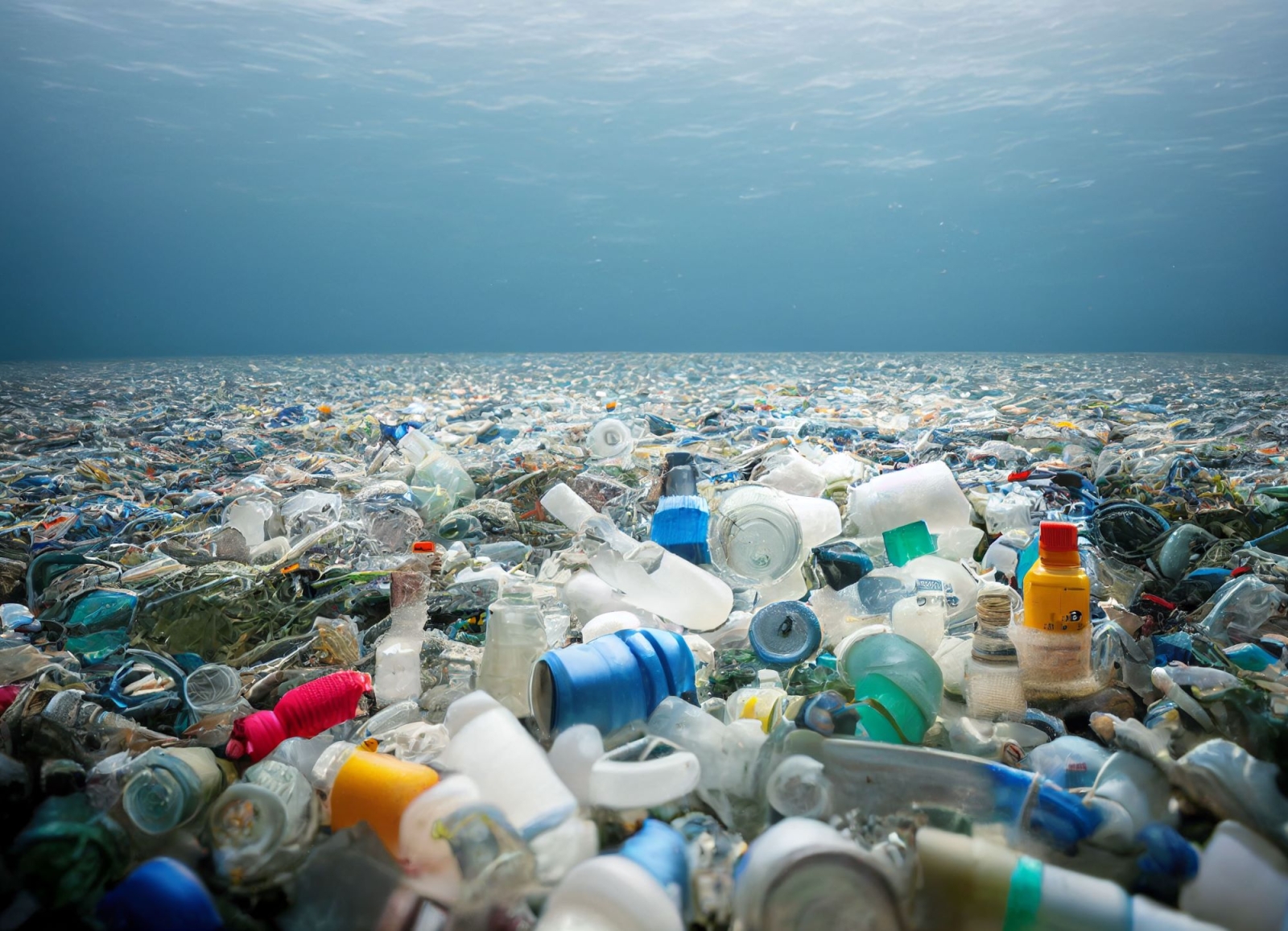The second round of negotiations (INC-2) for the development of a treaty on plastic pollution is being held between 29th May and 2nd June in Paris. Although the 2022 mandate defined by the United Nations General Assembly (UNEA) requires the document to take into account the entire life cycle of plastics, the matter of the substantial and legal scope of the future Treaty is still unclear. Scientists and civil society organisations maintain that the document should take into consideration the health and environmental aspects of the entire life cycle of plastics, while industry representatives would prefer that it was limited to waste only. China seems to want to exclude the economic questions of production and use, and thus of reduction at the source. Russia and various Asian nations concur with this approach and are opposed to the inclusion of economic issues in environmental treaties.
What does the science say?
In order to promote decisions based on incontrovertible evidence, the international scientific community has produced a series of summary documents and interpretations of the best academic knowledge for decision-makers and the public involved in the negotiations. The Endocrine Society, a professional medical organisation in the field of endocrinology and metabolism with over 18,000 researchers and clinicians in more than 100 countries, published a summary in which it estimated the number of diseases, injuries, and premature deaths associated with exposure to four categories of hazardous chemicals used in plastic materials (brominated flame retardants, phthalates, bisphenol A, and PFAS) and the cost associated with them. In Europe alone, a conservative estimate of the costs amounts to over 36 trillion euros.
The Scientists’ Coalition for an Effective Plastics Treaty (SCEPT), a network of 200 scientific experts and independent technicians from over 40 countries, produced three policy briefs. The first shows that in order to promote the sustainability of human and environmental health it is necessary to include chemicals and polymers of concern in the global plastics treaty and regulate the over 3,200 chemical compounds officially recognised as toxic, persistent, or problematic that are currently present in plastic products. Only 4% of these compounds are currently regulated internationally. The second document provides directions for how to implement a transition toward a safe and sustainable circular economy for plastics, focusing on the reduction of production and consumption and only in a second instance looking at the increase in recycling rates. In fact, due to a technological lock-in, large investments in waste management structures could lead to the increased production of waste. The final brief offers a summary of the impacts of plastics on climate change, reminding that “the plastics value chain has a significant climate impact throughout the life cycle […], however, up- and downstream greenhouse gas (GHG) emissions from plastics production and disposal are often not taken into consideration and may have been overlooked in the INC negotiation process.”
SCEPT members will be in Paris during the negotiations and have activated a Helpdesk for Member Countries, through which the negotiators can ask questions confidentially regarding terminology and scientific concepts and receive direct responses from 40 scientists with expertise in various disciplines, ensuring access to the most up-to-date scientific evidence.
Towards a Global Plastics Treaty: general commitments or national action plans?
One of the key points of the negotiations relates to the adoption of binding general commitments as opposed to national action plans. “Less rigorous national action plans (NAPs) risk compromising the United Nations Environment Assembly initiative to adopt a global legally binding agreement to reduce plastic pollution by 2024. Although NAPs can be designed to be rigorous, the adoption of lax NAPs based on voluntary commitments by individual countries would risk being as ineffective as the 2015 Paris Climate Agreement in containing climate change. A lax NAP system based on voluntary commitments could circumvent rigorous global measures such as limitations or bans on plastic production,” explains Tony Walker, a professor at the School for Resource and Environmental Studies at Dalhousie University, Canada and co-author of a policy brief on the potential efficacy of national action plans coordinated by researchers from the Global Plastics Policy Centre at the University of Portsmouth.
Another important decision, which the Member Countries have been debating since last summer, concerns procedural regulations and the manner in which decisions are made, either based on consensus or with the possibility of resorting to a vote in the event that a consensus cannot be reached. According to experts from the Centre for International Environmental Law (CIEL), it will be vital for the internal regulation not to replicate the UNFCCC’s mistakes. “Proposals from Saudi Arabia and Qatar, due to the internal regulation requiring consensus, are the poison that has weakened the Convention on Climate Change for three decades. Introducing the same rules for the INC will make progress on plastics impossible.”
SCEPT members Mateo Cordier and Fabienne Lagard told Renewable Matter about a meeting they had with French green transition minister Christophe Bechu as part of a delegation with five other scientists from various sectors (chemistry, physics, biology, economics). The Minister outlined his intention to bring together some 100 ministers from other countries during INC-2 for a series of reasons: to argue in favour of a binding treaty with compulsory reduction targets in absolute terms and not linked to the production of plastic goods, and not only relating to waste; to maintain that recycling alone is not the solution, but it is necessary first and foremost to reduce the production of plastic products; to support a restricted list of authorised chemical additives, rendering all others “unauthorised” and promoting transparency on the list of additives present in all plastic materials; to explore ways to strengthen international solidarity and provide financial assistance to low and middle-income countries. According to Joel Hamann, diplomatic advisor to the Ministry, the “polluters pay” principle should be applied to the entire life cycle of plastics, also via extended producer responsibility (EPR), which should lead to new sources of financing.
Cordier and Lagarde report that one of Minister Bechu’s ideas is to “design the treaty so that it can be adopted as soon as 50-60 countries have ratified it,” avoiding having to wait for all 190 countries to ratify the instrument before it comes into effect, which could take decades.
Rolph Payet, executive secretary of the Basel, Rotterdam, and Stockholm Conventions, told Renewable Matter that “the plastics treaty should include key provisions such as the reduction of production and of problematic and avoidable plastic materials, the promotion of research and innovation, extended producer responsibility schemes, national waste management strategies, and international cooperation. This global approach would integrate existing international agreements, such as the Basel Convention, and would tackle the shortcomings in international governance on plastics, in particular in the phases of plastic production and consumption.”
Image: Envato Elements



